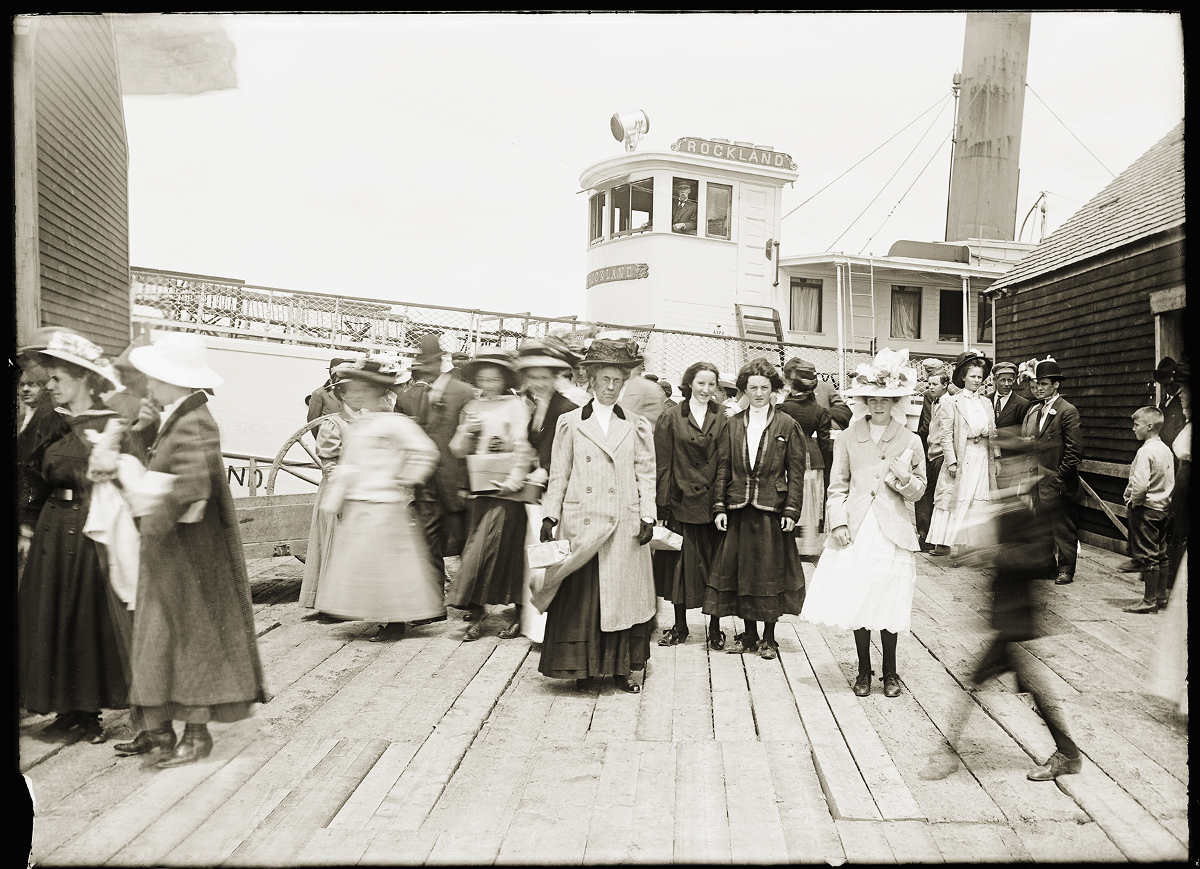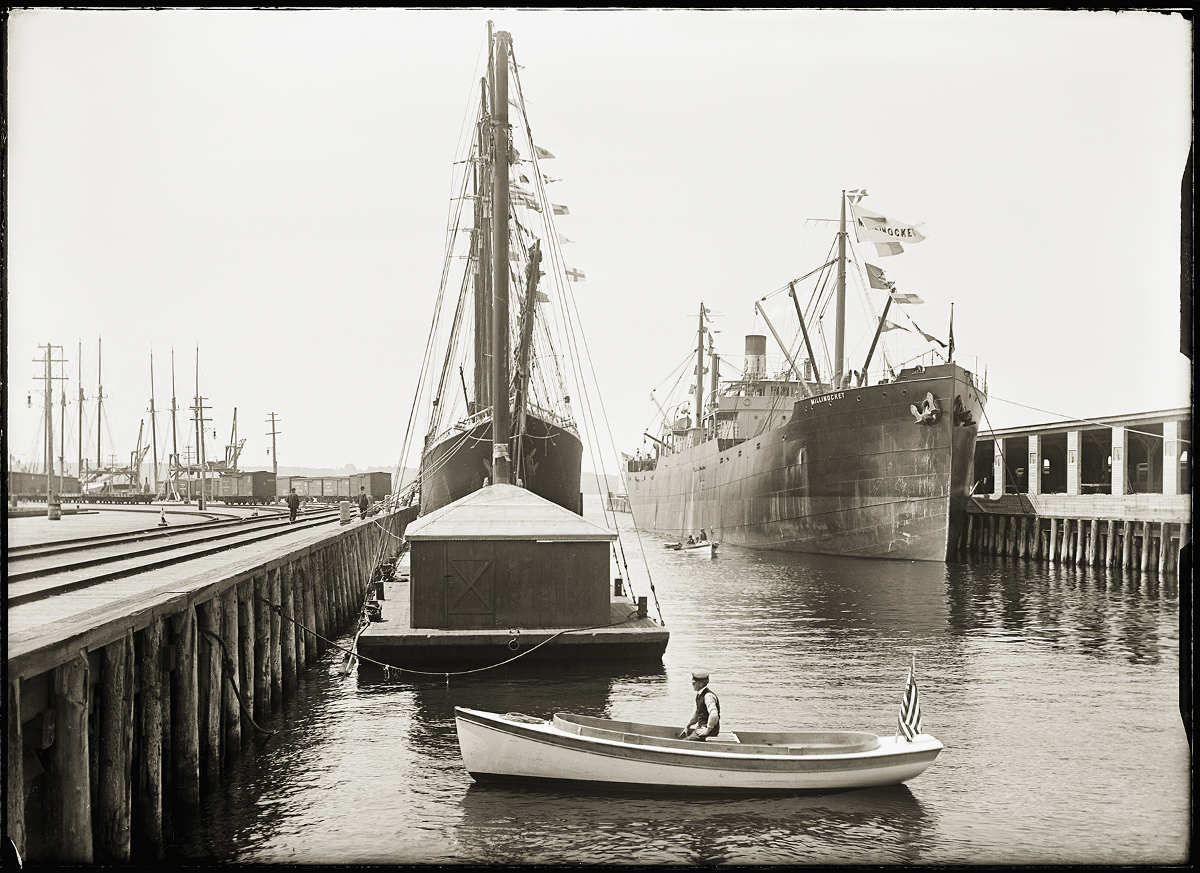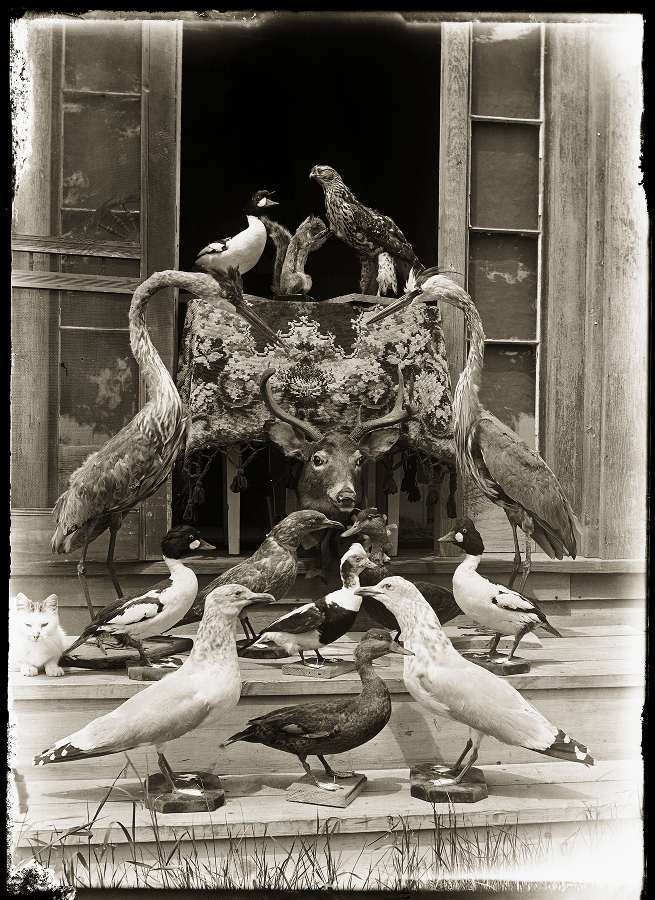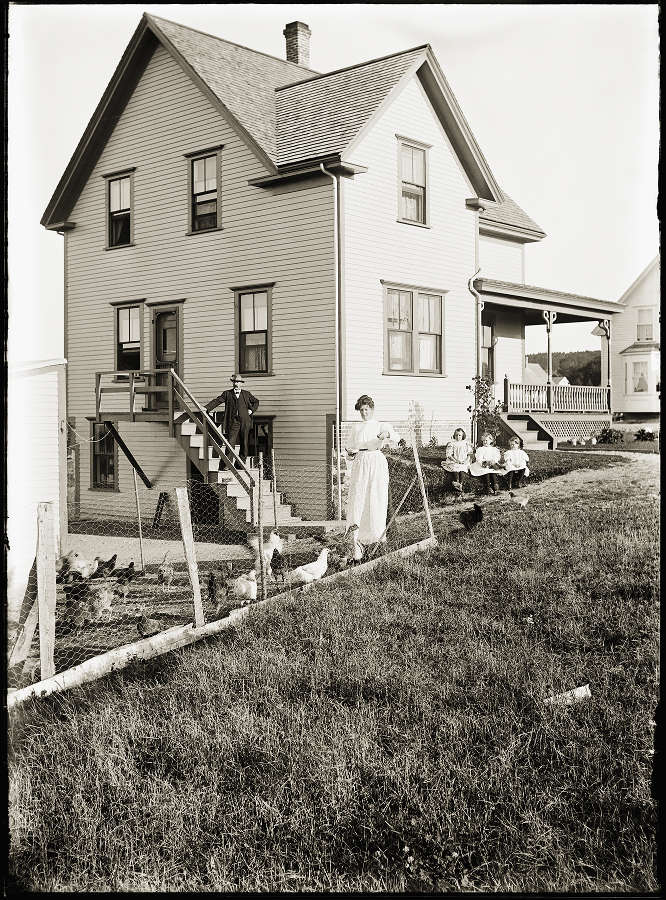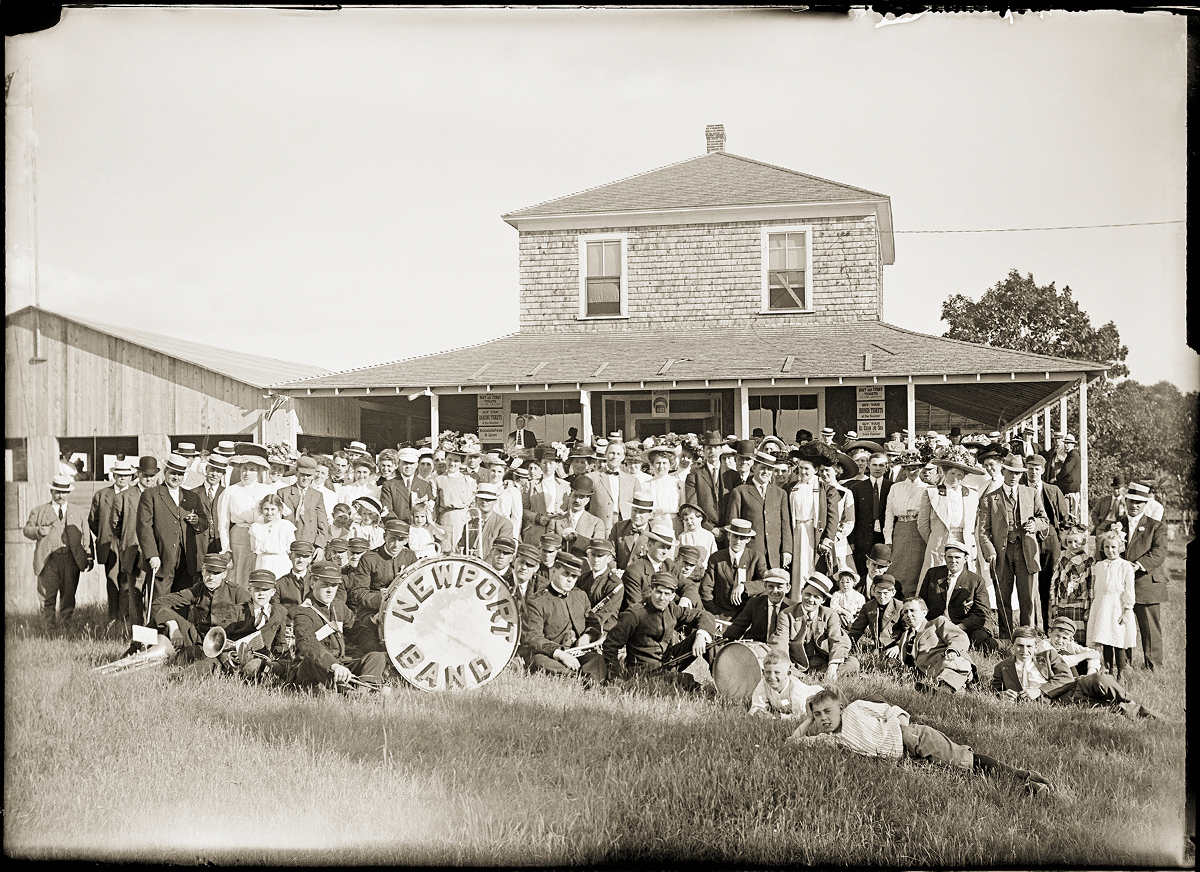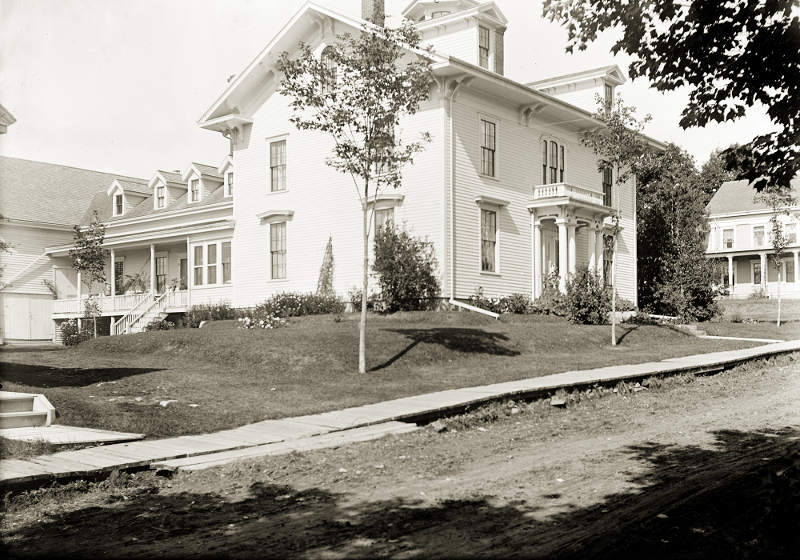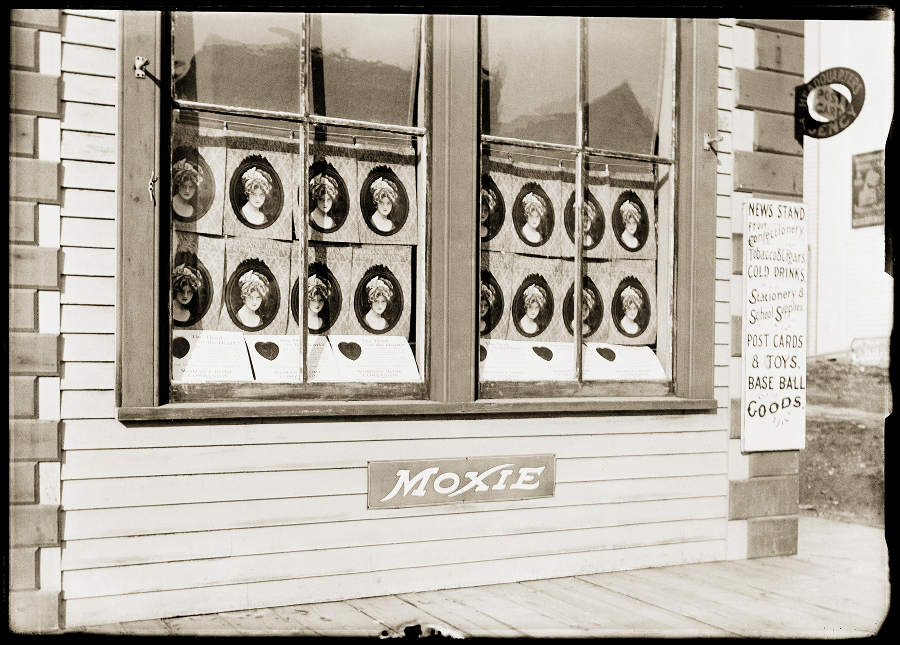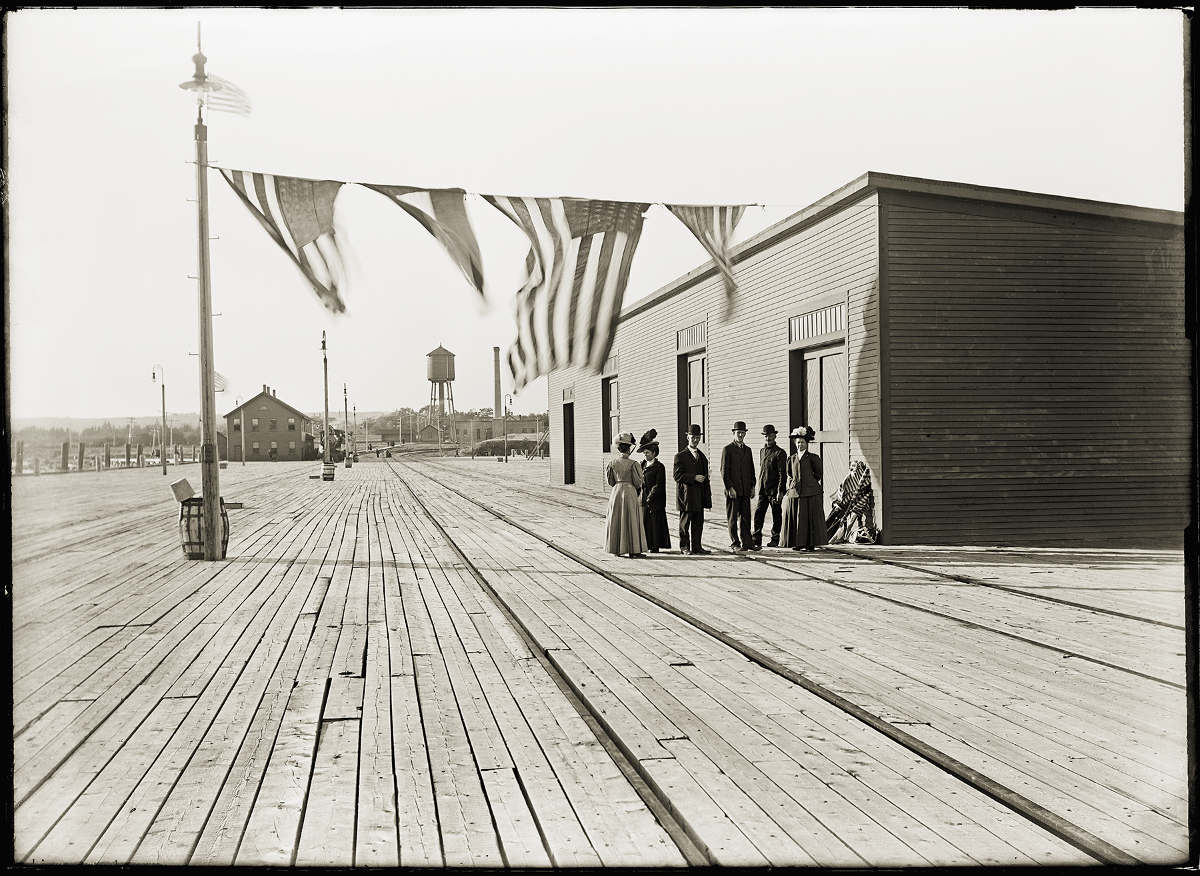
Harriet Hichborn
Harriet Hichborn should be remembered as an irrepressible artist with a fearless nature and a loyal heart. She was born in Stockton Springs into a large and notable family in late August of 1869.
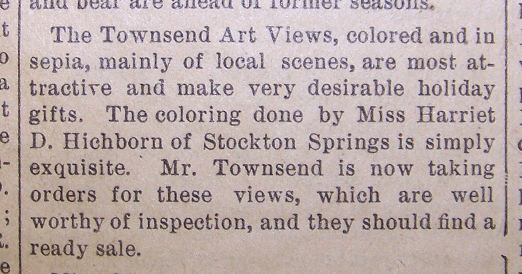
The Harriet Hichborn Collection was donated to PMM in 2015 by the Stockton Historical Society. The collection consists of 391 (5”x7”) glass plate negatives as well as some of the postcards she produced with them. Hichborn lived her entire life in Stockton Springs. She learned watercolors and in a 1905 Republican Journal note, it mentioned that she was hand coloring the photographs of Belfast photographer Charles Townsend. She began her photography pursuit soon after.
Harriet made real photo postcards which were quite popular. Kathy Harrison of the Stockton Springs Historical Society helped extensively with the image identification and descriptions. Hichborn was one of the women photographers featured in our Through Her Lens exhibit. One can visit the sea captain’s house that is currently, in 2020, the Hichborn a fine dining restaurant in downtown Stockton Springs.
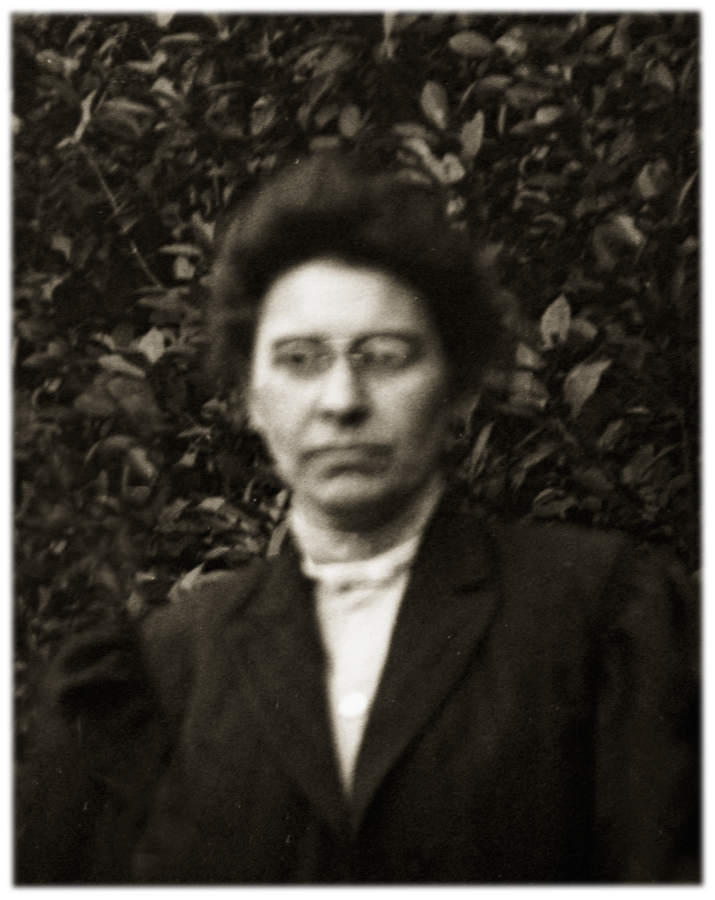
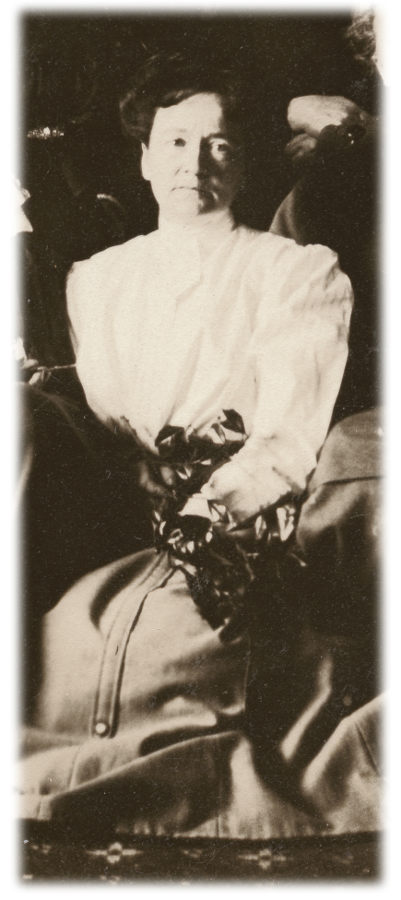
Biography
Harriet Hichborn should be remembered as an irrepressible artist with a fearless nature and a loyal heart. She was born in Stockton Springs into a large and notable family in late August of 1869. Her father, the accomplished shipbuilder Hon. Nathan Griffin Hichborn, was descended from Robert Hichborn, one of the original Cape Jellison settlers and a cousin to Paul Revere. Her mother, Caroline (née Rendell), had high expectations for her children in their academic lives.
Harriet was known for being a bright and diligent student with a beautiful soprano voice, and as a pretty young woman with a theatrical bent. She excelled at needlepoint. Her mastery with the camera was complimented by her skill as a watercolorist, as she experimented successfully with hand coloring her photographs. She was also a Universalist and admired for the strength of her spiritual convictions.
Religion and photography must have been worlds of refuge to her. She lived for many years with a domineering older sister whose health was poor. Her darkroom was an accustomed sanctuary to her. It is typically thought that frequent exposure to photographic processing chemicals contributed to her persistent psychiatric trouble, which in turn led to her hospitalization in later years. She ultimately took her life in December of 1923, at the age of 54.

